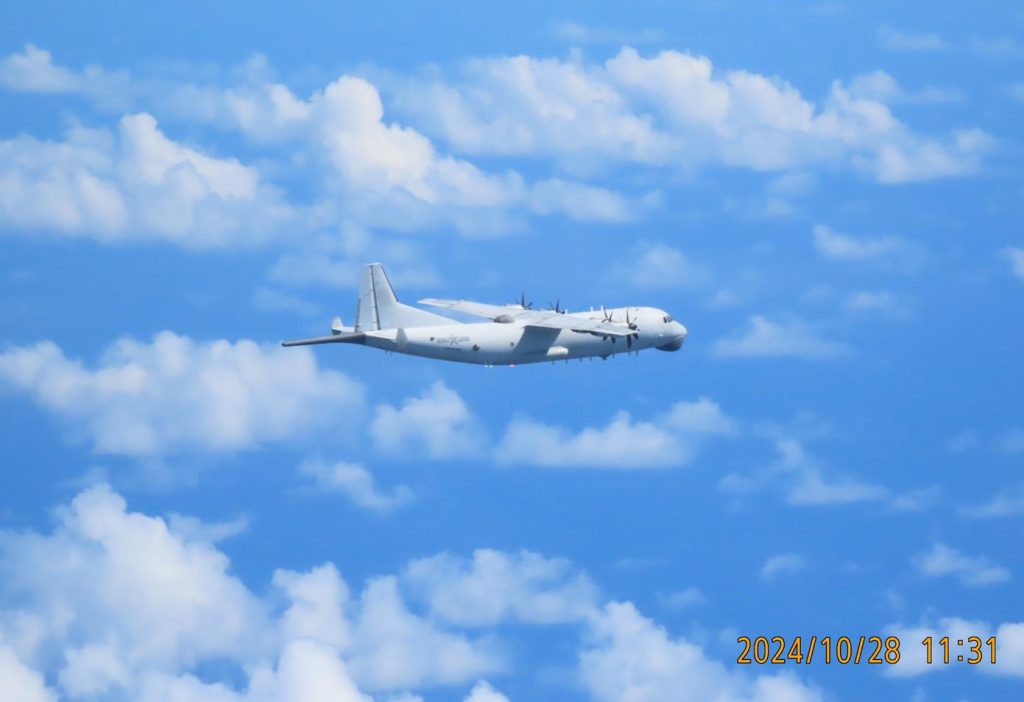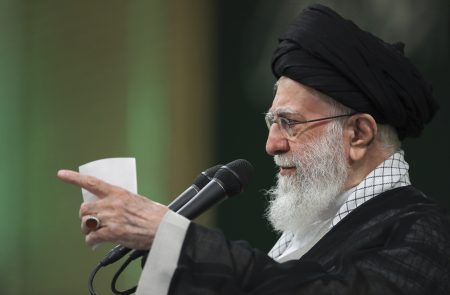Japan’s treaty ally, the United States, reported the scrambling of fighter aircraft on Monday to intercept Chinese military planes and a spy drone near its southwestern islands. The Joint Staff Office within Japan’s Defense Ministry detected two Chinese Y-9 aircraft and a BZK-005 unmanned aerial vehicle. Japan regularly releases reports on foreign military activity in its air defense identification zone and exclusive economic waters, particularly in the Western Pacific region, as China’s military presence continues to grow.
Photographs published by the Joint Staff Office showed a Chinese Y-9DZ electronic intelligence-gathering plane and a Y-9Q maritime patrol aircraft flying return sorties from the East China Sea to the Philippine Sea via the Miyako Strait. The BZK-005 UAV was also captured in photos, following a similar route. These aircraft movements come amid increasing tensions in the region, with Japan serving as a strategic buffer between China and the United States, which has a significant military presence in the area.
The Miyako Strait, a crucial waterway between Japanese islands, plays a significant role for Chinese military operations to reach the wider West Pacific. In peacetime, China’s forces operate in the area, building familiarity with the surroundings. Japan’s southwestern islands, armed with defensive measures like Patriot missiles, are seen as maritime choke points in wartime. The recent report from the Joint Staff Office highlighted Chinese military aircraft conducting operations near Okinawa and Daito Islands, including antisubmarine warfare patrols.
The Joint Staff Office cited the risk of airspace violation as the reason for scrambling fighter jets on multiple occasions in response to Chinese military aircraft near Japanese territory. In August, a Chinese Y-9DZ spy plane allegedly violated Japanese airspace, prompting tensions between the two nations. Japan’s air force was scrambled 59 times in September, with 14 interceptions of Chinese military aircraft and 45 interceptions of Russian planes. This data signal a change in the trend where Chinese military flights around Japan typically outnumbered Russian ones, highlighting the increasing presence and activities of China’s military forces in the region.
The ongoing territorial disputes and military posturing in the Western Pacific, specifically around the strategically vital Miyako Strait, underscore the complex geopolitical dynamics between Japan, the US, and China. While Japan and the US maintain a military alliance, China’s growing military capabilities pose a challenge to the region’s security and stability. The recent intercepts of Chinese military planes and drones near Japanese islands serve as a reminder of the ongoing tensions and the need for vigilant monitoring of airspace and maritime activities in the region.
The Japanese Defense Ministry’s reports on foreign military activities indicate the constant monitoring and response to potential threats in the region. Given China’s increasing assertiveness in the South China Sea and the Western Pacific, Japan is taking proactive measures to safeguard its territorial integrity and protect its maritime interests. The continued involvement of Chinese military aircraft and drones near Japan’s airspace and waters highlights the delicate balance of power in the region and the need for transparency and cooperation among regional powers to prevent any escalation of tensions.













